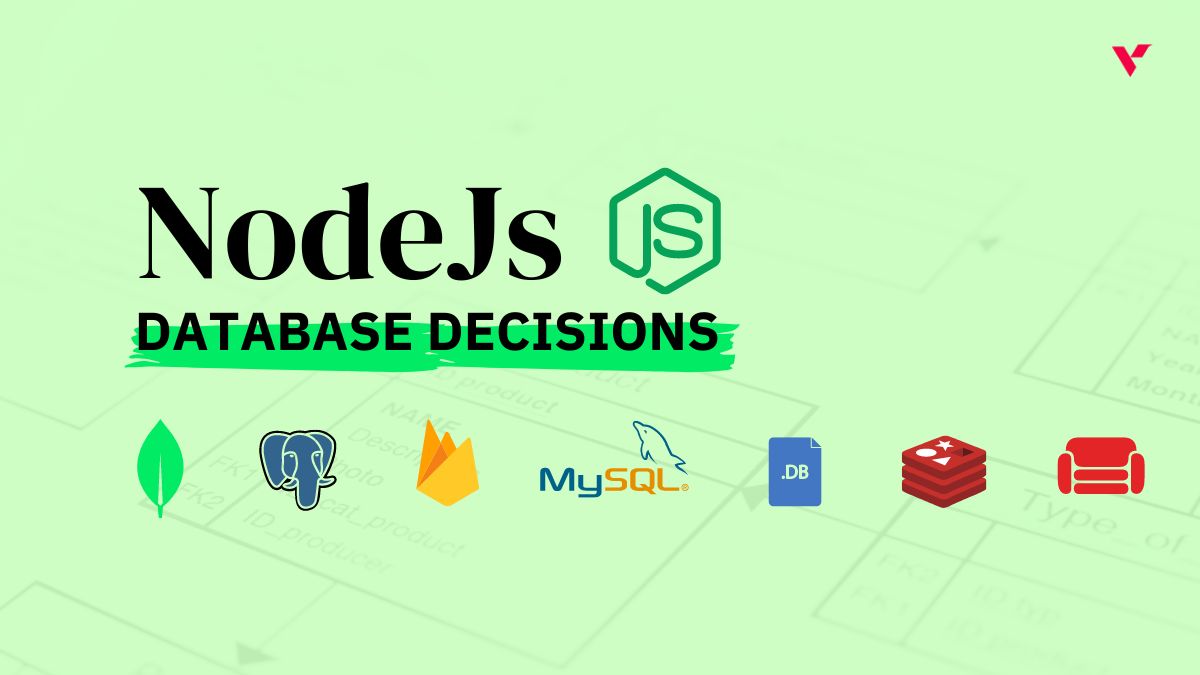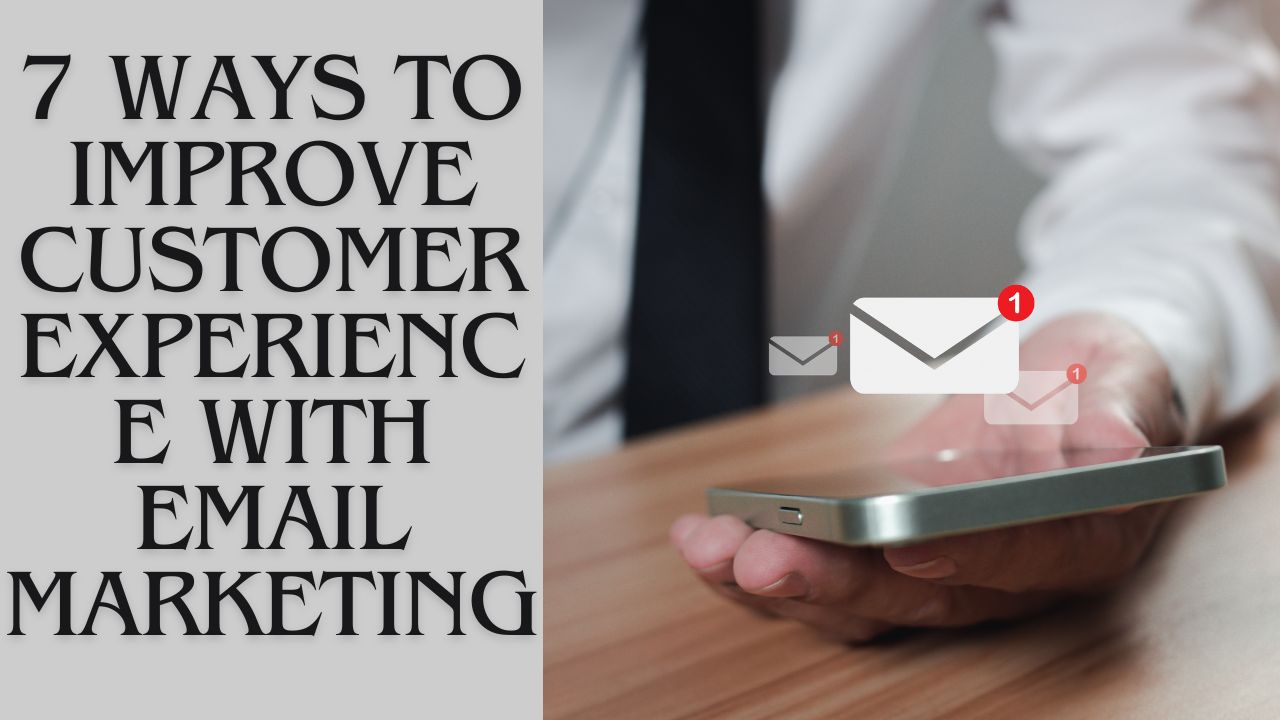Popular Tools by VOCSO
‘Mobile’ and ‘security’ are contradictory to each other. As there is an increase in the use of mobile phones and mobile applications there is a very high risk of security breaches that can cause a huge number of consequences to individuals and society as well.
Today, every working individual uses their mobile phones, laptops, and mobile apps for performing their tasks in their total work time. This shows that we should consider the security of mobile phones and mobile apps as our priority as developers.
Today, mobile security has become a big issue for developers and users alike. Only if your app is popular and bringing a revolution in the industry, that app is only considered to be a real success in the market. Your product can only get recognized by the users if it provides an exceptional user experience. But, a secure user experience matters more than the aesthetic user interface provided by your mobile app. Therefore, developers should be seriously concerned about the security our app is providing to the customers. Developers should keep a check on every stage of development and distribute mobile apps to mobile devices of interest.
Table of Contents
Who needs mobile application security?
Security of a mobile app is important because application layer attacks are common nowadays. Cloud-native applications often contain sensitive data and can be accessed by different devices and networks, making extensive app security an important component of cyber security strategy.
Applications are available on every platform these days and they can be accessed through various networks that connect to the internet. While this availability is very convenient, it also expands the attack surface and makes the app vulnerable to threats and data breaches. Just keeping your network secure is not enough. To develop a secure mobile app, protection must be extended to the app itself.
Some examples of mobile application security
1. Authentication
It is a process in which we can verify the identity of an end user before granting access to any account on our mobile application. Protocols are set by the developers, when a developer builds an application they provide a set of rules, that only authorized users can access the mobile application, and unauthorized users cannot use any feature of a mobile application. This authentication process may be of multi-factor authentication and biometrics, or it may give access to the user by entering credentials such as username and password.
2. Authorization
After the completion of the verification process, the user is authorized to access and use the application. This feature verifies the user’s identity by comparing the data that the user entered to the data already stored in the database at the time of registration. The application grants access to any user after the verification of credentials.
3. Testing
Security testing of an application consistently can result in minimizing the security breaches of an application. It is a very essential process in mobile application development, it ensures that security controls are in the right place, avoiding the vulnerabilities that can be exploited.
4. Encryption
Ensuring that only authorized users can access your app is not enough. You need to stop hackers and criminals to break into the sensitive data of your application and using or manipulating it. This can only be prevented by encrypting your data by disorganizing it.
Best practices that maximize the mobile application security
Protection of your mobile application can be a bit challenging. You can maximize your mobile application’s security by simply following the below-mentioned steps:
1. Assess application security
First of all, perform an application security assessment to determine the status of the security of your mobile application. This is the process to audit which application is being used, who is using the application, and when they are using it. This assessment should also state any regulatory compliance requirement or any regulatory requirements that you must have to follow for each mobile application.
2. Conduct an assessment for mobile application security
It is very important to identify which mobile app needs what kind of security, for that the applications need to be tested, and also the security status of each mobile application. Each regulation such as GDPR, PCI, and HIPAA has unique requirements to ensure the security of personal information contained in applications. This assessment provides a clear understanding of the improvements needed to meet regulatory compliance.
3. Test application security
After you have a clear picture of your application’s security posture, the next step is to perform security testing of your on-premises and cloud applications. Both the app and the environment must be evaluated to detect potential security risks or vulnerabilities. Third-party security testing tools can help avoid blind spots or biases.
4. Fix vulnerabilities
Once testing reveals potential issues and vulnerabilities in your application, the next step is to address those issues as soon as possible. To achieve this, you must have a security program in place to address vulnerabilities as soon as they are discovered. This allows you to block zero-day attacks.
5. Minimize the possibility of a security breach
One of the ways to protect your customers’ sensitive smartphone data is to develop a specific code that erases their personal data as soon as their browsing session expires. Otherwise, your data will remain on your device and potentially have mobile security risks. As mobile technology and mobile security technologies continue to advance, hackers are also developing better skills to get into mobile systems. Therefore, manufacturers and developers must constantly monitor their mobile OS or mobile app and check the system for errors to minimize the possibility of a security breach.
Common actions to address vulnerabilities include ensuring that all software updates are performed in a timely manner. By performing updates on a schedule, all users receive the latest security patches at the same time. Companies also need to ensure that these vendors are aware of the patches in order to be able to apply them.
How to ensure mobile application security from the development stage?
For developers, application security starts with using secure code and a secure development process. Implementation of DevSecOps (Development, Security, and Operations) practices requires gaining security controls early and throughout the software development lifecycle (SDLC). Common procedures include automatically performing security testing of all code before delivery to production.
Developers should also be aware of potential threats and vulnerabilities. Open Web Application Security Project, a regularly updated list of the most important application security threats.
However, identifying security flaws during application development is not sufficient. DevOps professionals and IT security teams must protect the entire application development process from common threat methods, including phishing, malware, and SQL injection attacks.
How to implement mobile application security?
Without a doubt, the strongest and best application security starts with your code. Also known as security by design, this approach is essential to proper application security. In many cases, application vulnerabilities originate in architectures with many design flaws. This means that application security must be integrated into the development process, namely the code.
By following a security approach that is considered from the design stage, you can start your application from a clean, well-protected foundation. However, in addition to this method, there are several other application security best practices that businesses should remember when adjusting their strategy.
- Consider your cloud architecture as insecure and protect your cloud from data exfiltration and attacks, whether in the public cloud or on-premises.
- Apply security measures to each component of your application at each stage of the development process. Be sure to include appropriate actions for each unique component.
- Automating the installation and configuration process is an essential but time-consuming strategy. Even if you have completed these processes before, you will likely need to repeat them for your next generation of applications.
- It is not enough just to put in place security measures. Test and retest frequently to make sure your security measures are working properly. In the event of a breach, you will be grateful for the detection and resolution of these flaws.
- Leverage SaaS offerings to offload time-consuming security tasks and focus your efforts on higher-value projects. SaaS is relatively inexpensive and does not require a dedicated IT team to configure the product.
Steps to a secure mobile application development
1. Early integration
Most app security flaws can be prevented by seamlessly integrating security processes right in the early stages of app development. By always having security in mind and planning your initial app design strategy, you greatly reduce the likelihood of security risks in the later stages of app development. So, taking the right security measures in the past can save you a lot of time, money, and effort that you have to invest later.
2. Pre-design phase
The next step is data collection and analysis for app development. In this phase, you also understand the documentation and other processes required to create an application, understand the different OSs on which you are developing your application, and so on. So, before designing your app, you need to understand the many complex issues and limitations that can arise with regard to your app’s security and compliance.
When designing an app for a particular company, you need to consider several aspects, such as the company’s privacy policy, industry policies (if applicable), regulatory requirements, confidentiality, and more.
3. App design phase
The next step, the app design phase, can pose a number of security concerns. Of course, these problems are relatively easy to deal with if caught early. The real problem comes from implementing your app design. Security issues that arise at this stage are the most difficult to detect and resolve. The best way to minimize the risk here is to make a list of all potential traps ahead of time and create an action plan to avoid each one.
This is followed by a detailed security design review typically handled by security professionals authorized to perform this security check.
4. App development stage
It is important to ensure maximum app security during this particular step. Of course, there are ready-made automated tools to help you troubleshoot problems within your source code. Currently, the main challenge is finding and fixing bugs and tracking other security vulnerabilities. While these tools are effective at resolving common security issues, they may sometimes fail to detect more complex issues.
This is where peer reviews can be useful to you. You can ask fellow developers to review your code and provide feedback on your app. Reaching out to third parties is helpful because they can find and correct any flaws you missed in the steps above.
5. Test and deploy your app
Next, you should thoroughly test your app to ensure that it is completely free from security and other issues. Document all processes and write security test cases before testing your app. A professional testing team uses these test cases to create a systematic analysis of your app.
The final step is to deploy the app, and the app is finally installed, configured, and available to users. At this stage, it is recommended that the production team work with the security team to ensure complete app security.
6. Security training
While I never explicitly stated that app developers must have the training they need to stay secure, it’s fair for developers to achieve a basic level of knowledge in the field of mobile app security. Developers within the company are required to undergo mandatory security training to understand and adhere to best practices for developing quality apps. Ideally, app developers should have the knowledge to implement basic terminology, security processes, and appropriate strategies to effectively address issues related to app security.
Mobile app development: process
I think we have talked enough about the security of an application, so let’s just talk about the process you need to follow to create your application.
So, do you want to create an application? and you have a cool idea, you would be probably worried about the process of developing it and executing your idea in the most decent way which will work exactly according to your expectations. Now the thing to get worried about is, what if it would not perform very well in the market as you anticipated? I’m here to give you a mobile application development guide and we will discuss every aspect and issue that may occur in your way in the mobile app development process. App creation is a process that dwells in between the planning and release stages of an application. Overall, a mobile app development process comprises the below-mentioned phases;
- Planning
- Design
- Development
- Testing
- Release
Anything which is happening without planning or process is hard to keep track of progress on. Doing things in a planned way will actually help you to track your progress and check if you are moving in the right direction. So, let’s have a detailed discussion on the mobile app development process step by step.
1. Proof of concept establishment
A proof of concept is a mechanism to validate the authenticity of your idea. It is a process to determine whether an app idea is executable or not and whether the end product will be able to capture the marketplace and work among the targeted audience. Basically, it allows you to test your idea and help you to create a more optimized version of your mobile app.
2. Prove the need for your app in the society
In the first place, you should know that the audience you are catering to, needs the app you are developing. You should understand what inconveniences your potential customers are facing and in what way your mobile app will help them. This can be done by interviewing your clients and a variety of other people, this will help you understand the underlying issues, your mobile app can address.
3. Navigate solutions
Brainstorming refers to the process to identify the problem and finding a suitable and executable solution for them. Evaluate all possible solutions, calculate the cost and time you need, and know who are your competitors in the market don’t forget to address the technical difficulties that may come your way, during the execution phase.
4. Prototype and minimum viable product
Don’t confuse Prototype and Minimum Viable products with each other both are completely different things. A prototype is just a resulting solution or sample produced in the early stages of testing the product. These prototypes can include important features and UI/UX.
Minimum Viable Product is a fully functional solution that can be released for the use of society. It can only have essential features, but it should be serviceable from the user’s point of view.
5. Roadmap
Creating a detailed roadmap for your project is one of the most important things to do in making proof of concept, from the very initial stage to the final look you have to create a plan, schedule the time of completion of each stage, work on your idea to bring innovations into it, look for new features to add, hire professional individuals.
If you have a budget you can hire a professional planner who has experience and expertise, they will communicate with the developers and designers and can also work as project managers and testers. You have to hire a lead developer who should have experience and expertise in mobile app development. The developer must know about API servers, architecture designs, and Android or IOS frameworks depending upon what framework you are using for your mobile app.
Hiring in the early stages of your project will be beneficial for you to coordinate with your team and bring out the best version of your mobile app but it can get costly if you don’t have a big budget.
6. Designing your mobile application
Design is very important, equivalent to enterprise portals, mobile app applications in different industries, and page design styles for different groups of users. Therefore, page design combined with the analysis of the previous requirements is very important.
7. Development of your mobile application
After the first two steps of demand analysis and page design, the functions and logic have been basically determined, so the front-end and back-end engineers can develop mobile app programs day and night, which is an important part of the entire app and the part with the largest workload. Whether a complete app software can run smoothly.
The process of designing and developing a mobile app can be complex and time-consuming, so it is important to choose a company that has a proven track record. A good mobile app development company will be able to understand your requirements and come up with an appropriate solution. They will also be able to provide you with the necessary support and guidance throughout the development process.
8. Testing your mobile application
After the development of the front-end and back-end development engineers, it can be run, but the test engineers are still needed to test the operation of the mobile app software, whether there are bugs, and if there are bugs, the engineers need to fix it. Repeat this until the software app can run normally.
9. Release in the market
After repeated testing and bug fixes, it can be put into operation and submitted to major mobile app stores.
How can VOCSO help here?
VOCSO is a custom web and mobile application development company offering custom CMS development, custom website design and development, custom web application development, and custom mobile app design and development services in and out of India.
We also provide dedicated resources for hire:
- Hire AngularJS Developers
- Hire ReactJS Developers
- Hire Dedicated PHP Developers
- Hire Laravel Developers
- Hire NodeJs Developers
- Hire WordPress Developers
- Hire NextJS Developers
Final Words
Mobile security is a new industry that is currently evolving at a very fast pace. There is a lot to know about the dynamics of mobile apps and how hackers can gain access to mobile devices. What you can do to improve your knowledge of the subject is to stay up-to-date with the latest aspects of mobile security, participate in forums and workshops, and stay in touch with experts on the subject.


















